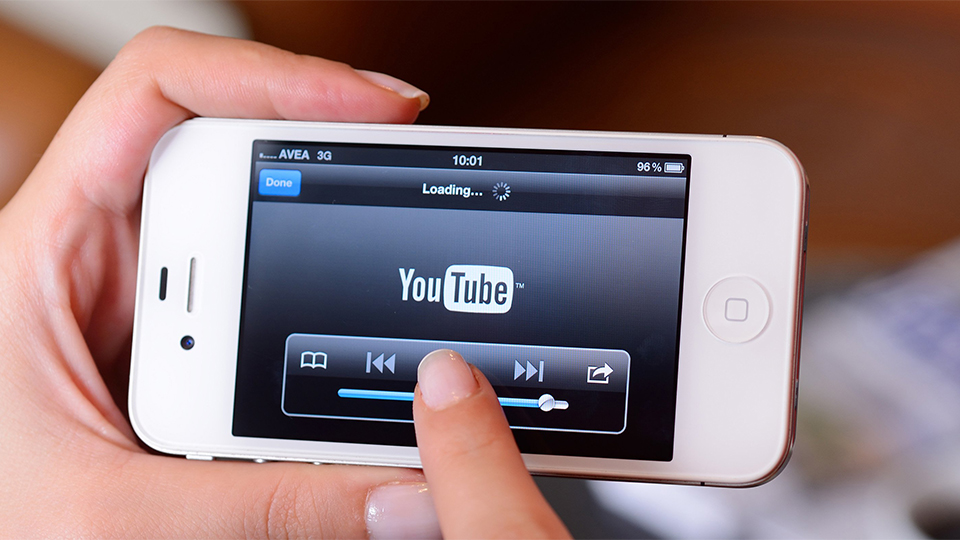
When it’s done right, Google TrueView is a powerful way of reaching your audience. There are plenty of useful resources by YouTube on optimising your TrueView video content, including which metrics to use and how to keep a healthy account.
However, the production of your TrueView video content is equally as important (if not more) as the optimisation. Here is a short list of things you should look out for during the production process.
1. Plan distribution from the beginning
Decide where you’re going to publish your video in the planning stages, as the channels where the videos are posted will influence the style of the film - from the choice of shots to the motion graphic design, and even the aspect ratio (vertical for smartphones, 16:9 for YouTube, 4:5 for Instagram, etc.).
My advice is to include it in the brief to your agency or supplier. We have a handy briefing template, which you can download here.
2. Design for small screens
More people than ever are watching video content on their smartphones. One study found that 46% of smartphone owners watch short videos every week, up from 40% in 2017 [SOURCE]. It’s therefore likely that your audience will watch your video on their smartphone, and so it should be designed accordingly.
For example, add bold graphic overlays that are clear and legible. The subjects and action in every shot should be front and centre, and easy to follow — avoid tiny details in the background or white graphics on light backgrounds.
3. Make it stand out
There are two types of TrueView video: In-stream and Discovery. In both cases, the success of the video depends on the thumbnail, title, copy, and those first few crucial seconds. So, make sure the opening shots of your video are bold and attention-grabbing, and create enough intrigue to hook the audience and keep them watching.
4. Consider video duration
In the old debate about the optimal length of video, we recommend thinking about your audience and the context in which they will be watching the video. There are certain projects where you have a captive audience, such as an event or learners on a MOOC course, or a complex subject, where longer videos over 5-minutes are not out of the question.
However, for TrueView, YouTube guidelines have 6-second bumper ads and shorter TrueView for Action ads, which are between 10 and 30-seconds. Check the platform’s guidance and plan accordingly.
5. Get the right music license
Make sure the music license covers the level of distribution you’re planning for. Most licenses cover usage up to a certain level of advertising spend and audience size. If it goes above this spend, an additional license may need to be purchased, so check with your video agency about the cost implications before the project starts.
Once your video content is ready to be published, prepare your KPIs (Key Performance Indicators) and how you’re going to measure them. Video campaigns are an iterative process, so test and tweak the content until you’re getting the results you want. Get the simple things right and, in the words of Mark Twain, you’ll gratify some people and astonish the rest.
Sam Lewis
Production Director